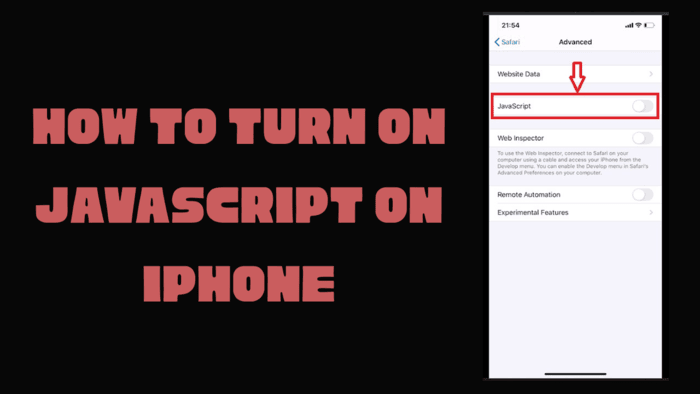As the new year begins, it’s an ideal moment to arrange your daily routine and streamline your electronic gadgets.
Many users notice their mobile gadgets slowing down over time. Fortunately, a few simple solutions can improve performance.
Turning the device off and back on can resolve common issues while erasing stored data from applications and web pages helps reclaim space and enhance responsiveness.
The guide below details how to erase temporary files and navigate to the appropriate options on Android systems.
The procedure may vary depending on the manufacturer and operating system, but the approach remains unchanged. These steps will help streamline the process.
For iPhone users, removing stored data on iOS follows a separate procedure.
Delete Cached Data on Android Apps
What You Need: You just require a mobile device or tablet running the Android system with the relevant applications installed.
The procedure might change depending on the specific device model and software version.
1. Find All Installed Apps
Open the device’s settings to find all the programs on your Android phone. Scroll down, select the memory option, and tap on installed programs.
If the memory option isn’t available, go directly to the installed programs section from the settings menu.
Hint: If you have trouble finding the installed programs section, use the lookup tool in settings.
Various editions of the Android system offer a way to organize applications by storage capacity.
To do this, access the menu in the upper-right area and pick the setting that arranges apps according to their file size.
However, this feature may not be on Google’s Pixel devices running the Android 15 version.
2. Delete Cache for Apps on Your Android
Select software from the provided list to remove temporary files. Going for one you installed instead of a default system feature is advisable, as deleting cached data from built-in functions may not always yield the desired results.
Giving priority to manually installed software is a more dependable option.
Upon opening a program, you’ll find details such as its occupied storage, saved preferences, temporary file size, and overall memory consumption.
You will see two choices in the upper section: Delete stored data and Clear temporary files.
Press “Erase Temporary Data” to discard stored files. Steer clear of “Reset App” since it restores default settings, requiring reconfiguration. Removing temporary data will not create any complications.
3. Repeat for Other Apps on Your Android
Review your installed applications, identify those consuming significant storage, and clear their cache.
You can remove temporary files for all applications, but starting with those that consume the most storage, such as Facebook, is advisable.
Clear Cache in Chrome on Android
Essential Information: Your mobile device stores data within the Chrome browser as you use it frequently.
Excessive data storage can hinder your device’s performance. Follow these instructions to remove the stored data.
1. Open History Settings
Open the Chrome browser on your smartphone. Click the menu icon at the upper-right corner, navigate to the History section, and then select the option to remove your browsing information.
2. Select Data to Delete
A selection of choices will appear, allowing you to pick the information to delete.
You can also define a specific period for removal. Each option comes with a brief explanation of its effect.
For instance, clearing browsing data and website details will log you out of most services. Erasing cached media and documents may cause slower image loading on future visits to a page.
Choose the information to delete, set a time frame, and press the button to remove the data at the lower part.
Optional: A Quick Way to Clear Cache
In the latest versions of Chrome for mobile devices, tapping the menu icon reveals an option to clear browsing history.
Choosing this opens a window that allows you to delete data from a specific time range.
By selecting additional settings, a page appears where you can choose what data to remove and set the desired time frame.





